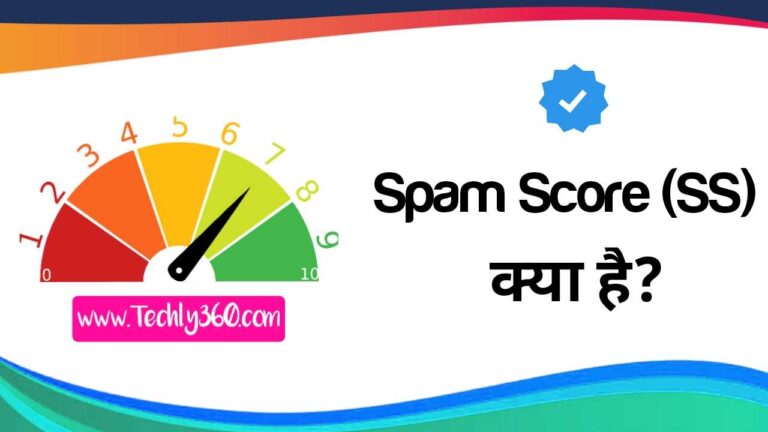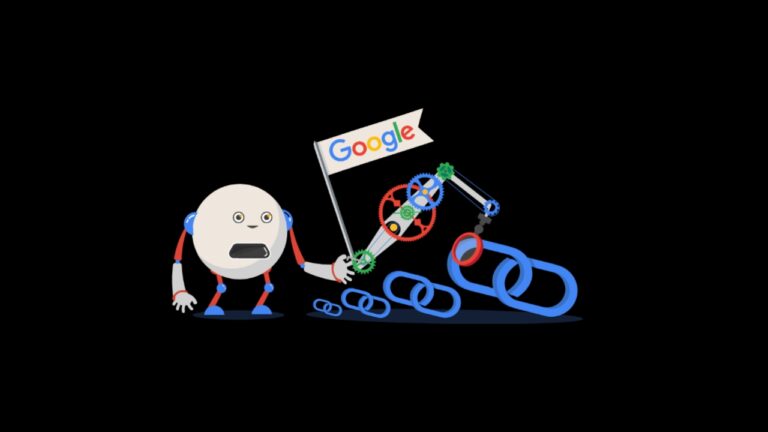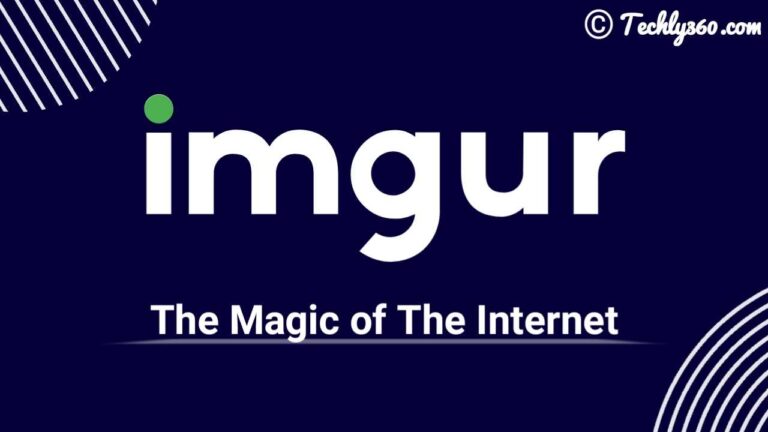How can keywords improve your SEO performance in 2025?
No one disagrees with the fact that online platforms have really changed how businesses and customers interact. In fact, studies show that more than eight in ten consumers often research online before purchase, providing businesses with a great opportunity to discover new audiences.
That’s actually why it’s almost impossible to find a business operating without an online website today.
But did you know that, according to some experts, if you go the way of paid ads, you may miss out on about 80% of viewers? That means you may want to focus more on strategies that improve your organic growth, like proper keyword integration, to stay ahead of competitors.
And a great way to get started could be using keyword traffic checker tools to explore keyword ideas to optimize your strategy for better results. To learn more about this, read on.

Understanding SEO and keywords
It’s actually true that creating an online presence presents a great opportunity to discover new customers. But do you know that, according to experts, about 96.55% of content might fail to receive traffic partly because of failure to implement effective SEO strategies?
Plus, remember that the e-commerce sector has become very competitive, meaning that more brands are paying serious attention to their marketing strategies.
Believe it or not, studies show that 61% of marketers primarily focus on improving SEO and organic traffic as their inbound marketing strategy. Now you can see why optimizing your web content for SEO is important, and this is where keywords come in. When people do online searches, they often use particular phrases to find solutions to their needs.
As such, search engine algorithms will use these phrases to determine whether web pages are relevant before ranking them. In other words, keywords help search engine algorithms better understand your content and assess its relevance to particular queries.
With this in mind, you don’t want to miss out on the opportunity of appearing right before the eyes of targeted audiences just because you didn’t optimize your content with relevant keywords.
Which keywords should you use?
As much as incorporating keywords is a great SEO strategy, it’s important to note that some of them perform better than others. A good example is long-tail phrases. Actually, statistics show that they tend to have higher conversion rates, which can go up to 36%.
Think of it this way: you want to buy an item like a home theatre that retails at not more than $1,500. You won’t just type the phrase ‘home theatre’ on Google; you may use something like ‘home theatres costing below $1,500.’
This agrees with a report by Embryo that claims that more than 92% of all keywords typed in search engines are of this nature. For any business using such phrases, this is definitely good news, as they have more chances of being discovered. Plus, long-tail phrases have lesser competition because they are more specific and relevant compared to generic ones.
Other types of keywords
Seed keywords
Just as the name suggests, these phrases are usually short and serve as the basis or starting point of your keyword research process. They are helpful because they:
- Help determine the main themes of the content
- Provide insight into what people are searching for
- Help create topic clusters to help with EEAT compliance and so on
To come up with good seed keywords, investigate competitors’ keywords, explore web navigation menus, observe the language used on different social media platforms, etc.
Keywords based on search intent
These can vary from informational to navigational, commercial to transactional. Informational involves the user searching for information, such as the history of SEO, while navigational focuses on the need to find a specific website.
On the other hand, commercial and transactional phrases are mainly considered high-intent phrases. They involve searches for a specific product and pure buying models, respectively.
To just clarify, search intent is more of a feature of the SERP than a keyword feature. It can also vary from time to time, and in some cases, search engines can show results with mixed intent.
There are a few more keywords, including:
- Primary and secondary
- Branded and unbranded
- Niche
- Low-competition and so on
Where do you integrate them?
Now that you have a glimpse of the different types of keywords, it’s time to place them strategically. One of the common mistakes a good number of people normally make is to stuff the phrases in one particular part of their content, which might not really be good for SEO. Well, this could have worked in the early days of Google search, but not today
The search engine has shifted from using keywords as the king of SEO to quality content. So, to help you with this, consider evenly spreading the phrases in the title and subtitles, introduction, article’s body, Meta title and so on.
Some professionals suggest using them once every 100 words unless they fit naturally when close to each other. But for primary phrases, you may want to use them once in every 400-500 words.
Our final take
It is very clear that keywords can really help improve your SEO strategy. And more businesses may turn to the digital space in 2025, you want to take advantage of every single opportunity to stand out. And one of the great hacks could actually be optimizing your web content with the right keywords.






